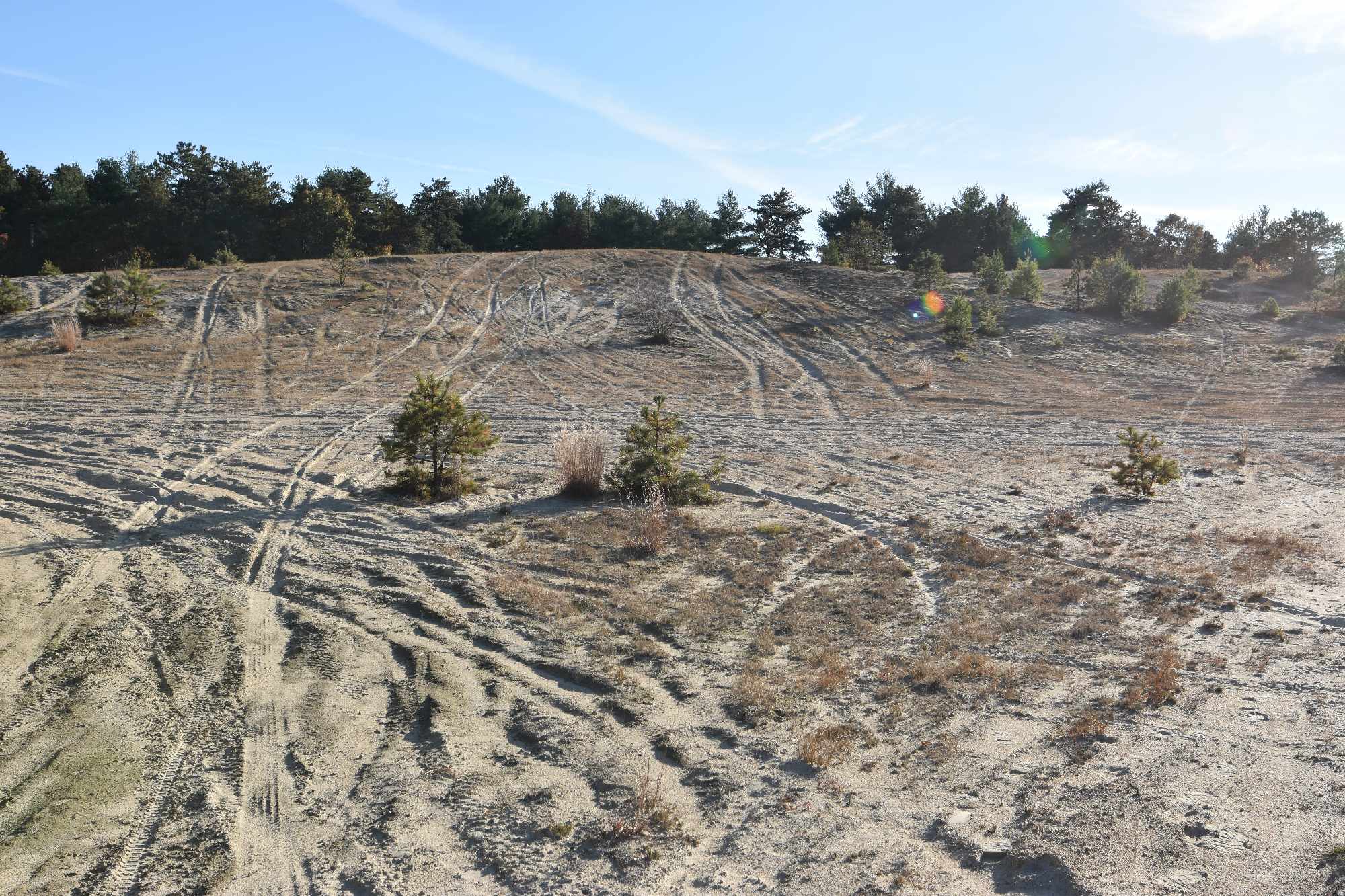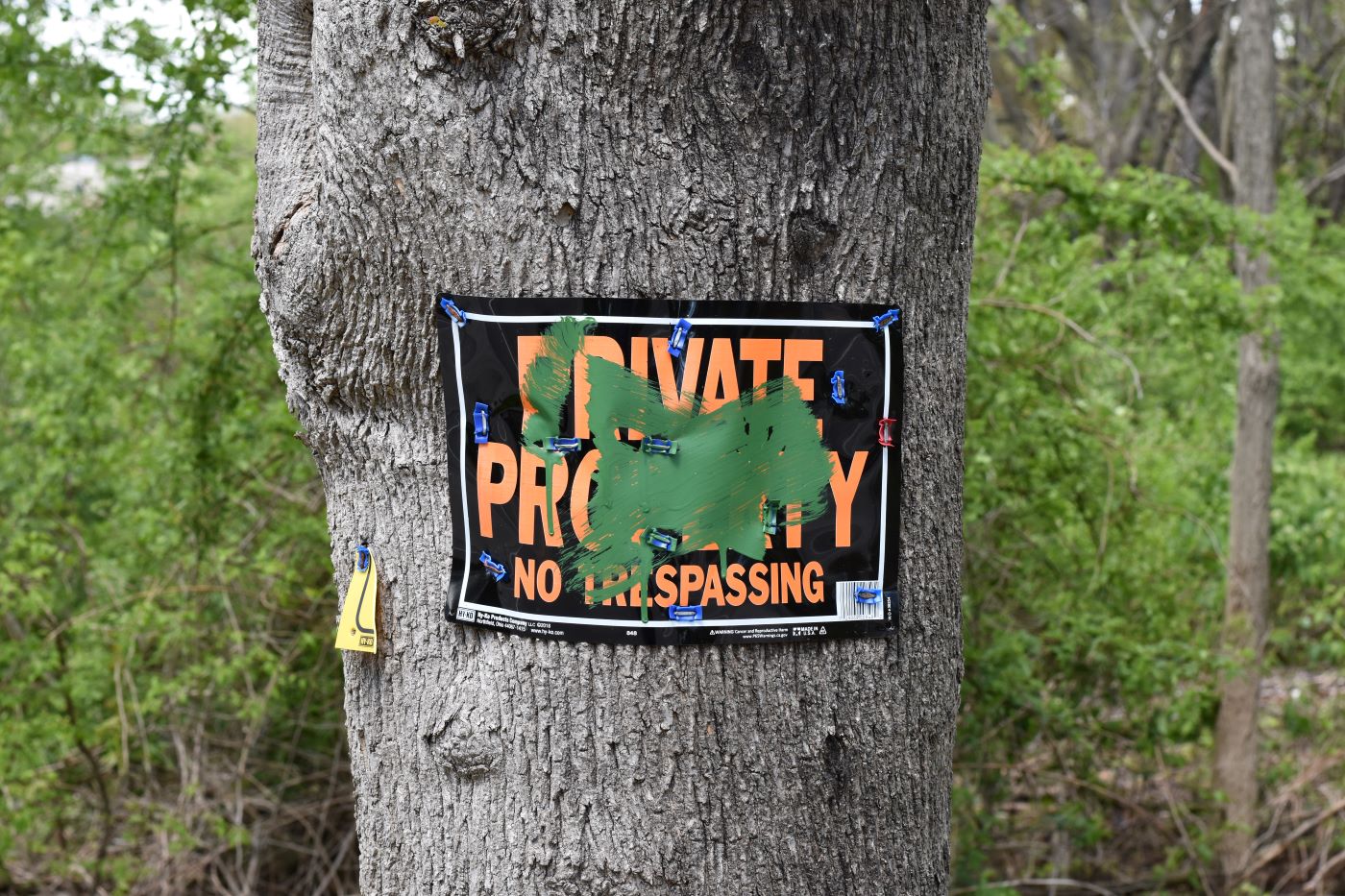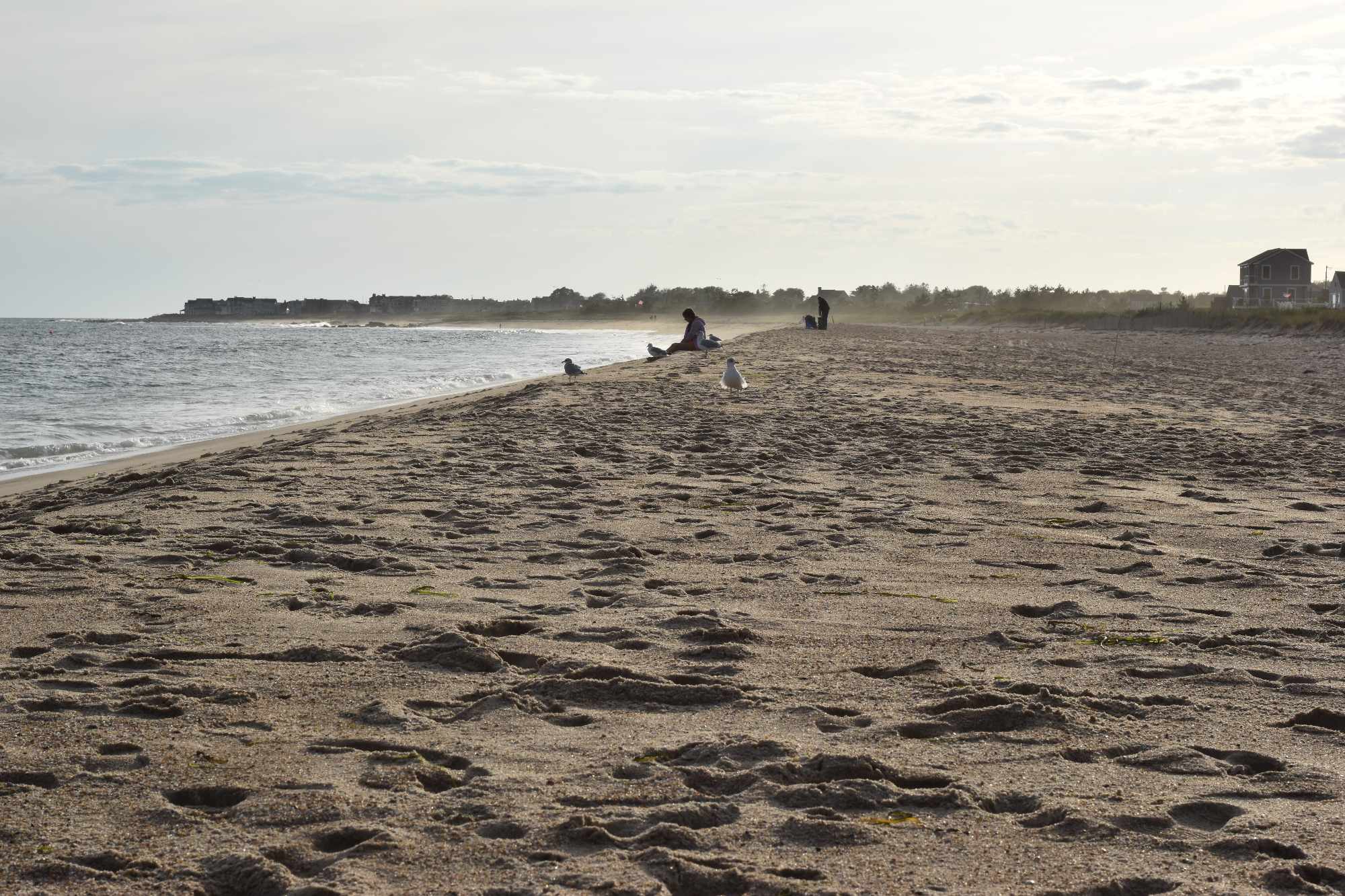‘Rhode Island Desert’ a Unique Landscape
Forty acres of sand dunes are found in the midst of forestland in West Greenwich
November 6, 2023

WEST GREENWICH, R.I. — Tucked away in a quiet corner of the Big River Management Area is one of the state’s most unusual landscapes. Amid acres of forestland and untouched wilderness are 40 acres of sand dunes, massive mountains of sand and dirt plunked in the middle of rural Rhode Island, as if part of some cosmic joke.
Aside from some sparse grasses and a few copses, the sand dunes are almost entirely barren; as close to a desert landscape — or the surface of the moon — as it gets in coastal New England.
Located between Interstate 95 and Division Street, the site is a popular place for hikers, bonfires, photo shoots, and anyone eager to drink in the unusual landscape. In the winter when it snows, the smooth incline from the dunes makes it a great sledding location.
The area has received increased attention online over the past few years, even attracting a new moniker, the “Rhode Island Desert,” used by Google Maps, clickbait sites, and at least one realty company. But locals from West Greenwich and nearby Coventry just refer to it as “The Dunes.”
The West Greenwich sand dunes aren’t officially a desert. Back in the middle of the 20th century, the site was home to a sand and gravel pit owned by the Cardi Corp., which later sold it to the state of Rhode Island.
Like the rest of the 8,600-acre management area of which the dunes are part, the property was originally planned to join the Big River Reservoir project. State officials had long held the idea of creating a backup water supply to the Scituate Reservoir, and in 1962 a governor’s commission recommended the state acquire land in West Greenwich to build one. It would have been around two-thirds of the size of the Scituate Reservoir and been able to supply 27 million gallons of water per day once completed.
In 1964 voters approved a referendum for the state to take out a $5 million bond to acquire and condemn the property via eminent domain. Once it passed, the state began seizing land in Exeter, West Greenwich, and Coventry, forcing 351 people out of their homes. The project remained stalled for decades by cost overruns, and it was ultimately nixed in 1990 when the Environmental Protection Agency declined to award it a permit on environmental protection grounds. The General Assembly declared the location open space a few years later.
Today the management area is maintained by the Department of Environmental Management, but the property itself is still owned by the state Water Resources Board, a legacy of the reservoir project.
Despite its status as a management area, the land is anything but quiet. The sand dunes especially remain a popular location for dirt bikes and ATVs. On any given day in the dunes, it’s not uncommon to see the distinctive track marks from off-road vehicles scarring the landscape.

“Because of its vastness, many entrances and exit points, easy accessibility for off-road vehicles like dirt bikes and ATVs, the propensity of some users to destroy locks, chains, and gates as soon as they’ve been replaced,” said DEM spokesperson Evan LaCross, “the Big River Management Area is one of the most challenging management areas to maintain.”
Driving off-road vehicles on the sand dunes is far from new. DEM enacted a hard ban on the activity in January 1987, after hundreds of injuries and at least three deaths, according to reports from The Providence Journal. The agency later worked out a compromise with riders, allowing them to ride in the dunes and also specially marked sections on weekends and holidays so long as the vehicles were registered and followed all other rules instituted by DEM. It was the state’s first, and to date only, legal recreation area for off-road vehicles on state lands.
DEM later had to close the dunes as an off-road vehicle recreation area after riders declined to follow the department’s rules. To this day, off-roading is only permitted for special events whose organizers obtain a special-use permit.
The Water Resources Board has opened public comment on a new property management plan for the Big River Management Area. The draft plan is expected to come in fall 2024.
This story is part of our “Special Places” series. Read other stories in this series.




Good story, mostly accurate. As former Chief of DEM, DFE there was an approved trail for Enduro bikes only through Arcadia. Also, there was an approved area at the “Ledges”, for Trial Bikes only.
We have as far as I can remember called it RI desert. It would be a great place, rather than the streets, to help the youth ride in safety.
When the resevoir plan was rejected the state should have given those landowners the land BACK they paid them nothing close to the actual value people did not vote to steal thousands of acres of private land for open space! I moved out of RI will never go back crooked! Whole thing is disgraceful land stealing in the open
As I recall when I was studying Civil engineering at URI we were told that the reservoir project was canceled because the desert area was bottomless so if water was directed there it would disappear underground.